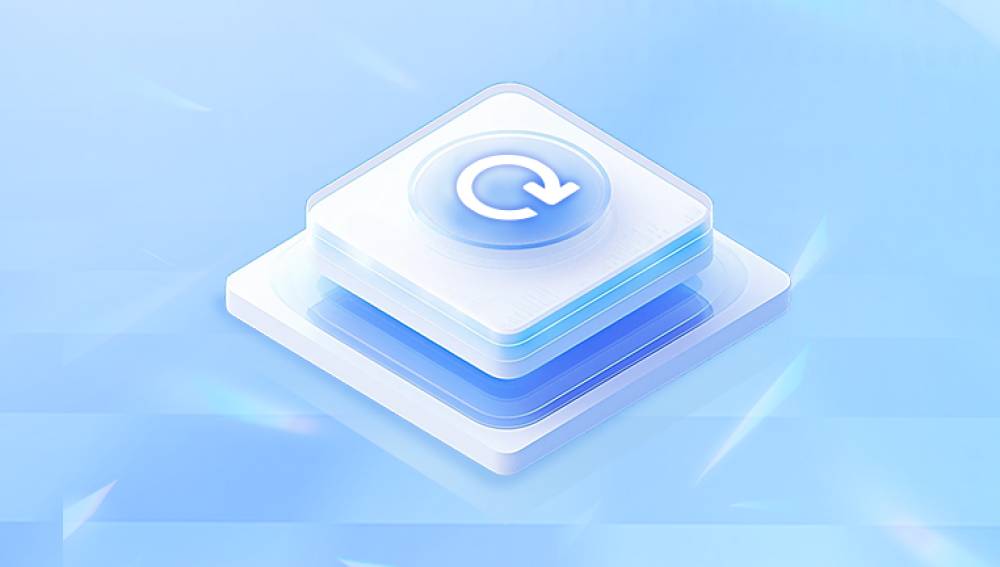Accidentally erasing important data from a hard drive can be a devastating experience. However, with the right tools and techniques, you may be able to recover those lost files. Here are a few methods you can use to restore your hard drive data after an erasure:
1. Use Data Recovery Software
Data recovery software is a powerful tool that can scan your hard drive and identify recoverable files. The following takes the panda data recovery operation as an example.
Steps to recover from formatted by mistake:
Step 1: Select the recovery mode
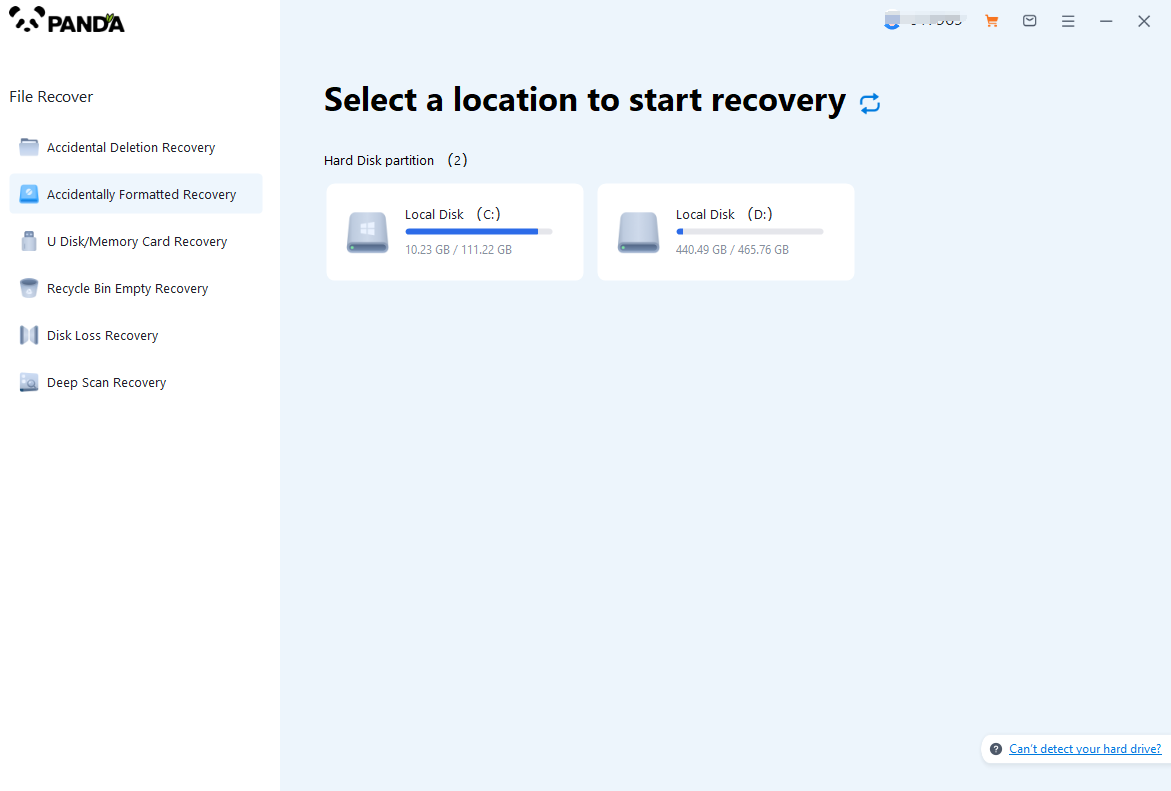 Select "Formatted Recovery", which can help us to retrieve the files before formatting to the greatest extent, and click to enter the recovery stage.
Select "Formatted Recovery", which can help us to retrieve the files before formatting to the greatest extent, and click to enter the recovery stage.
Step 2: Select the formatted disk
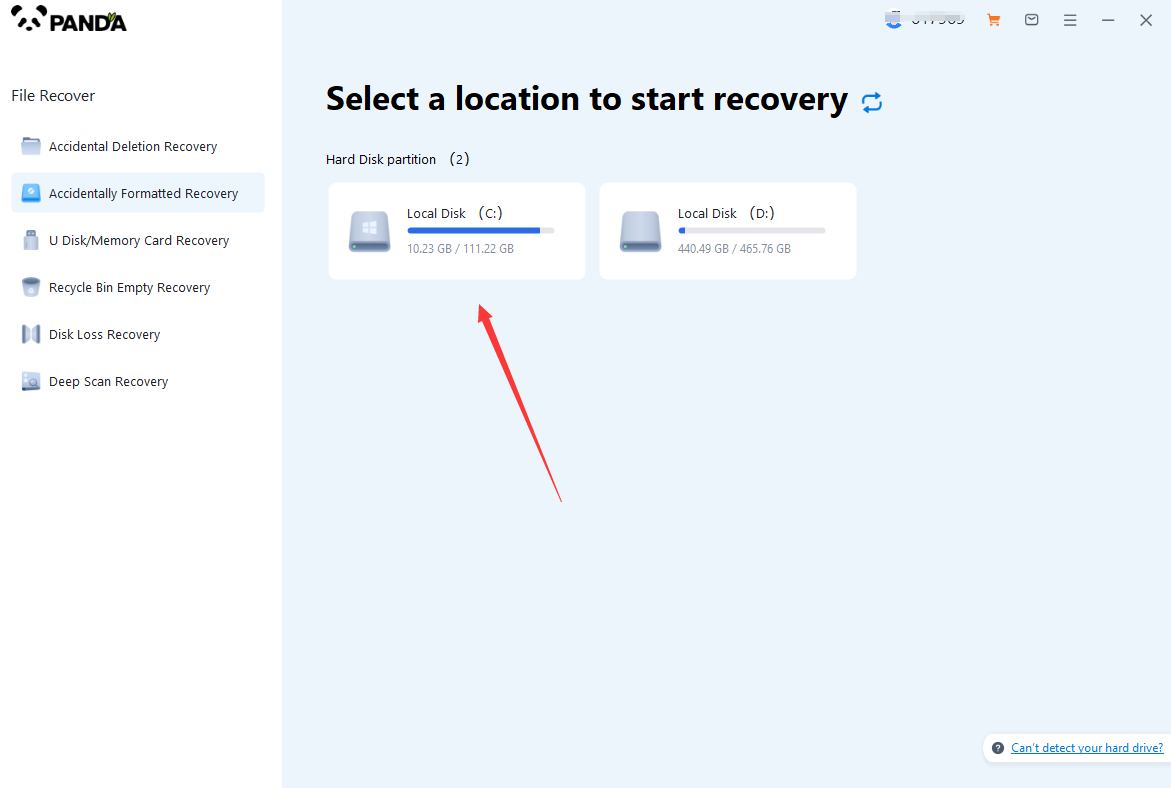 Select the formatted disk, if it is a USB flash drive or other mobile device, then you need to connect the computer in advance, then select the corresponding disk, and click Scan.
Select the formatted disk, if it is a USB flash drive or other mobile device, then you need to connect the computer in advance, then select the corresponding disk, and click Scan.
Step 3: Select the file system before formatting the partition
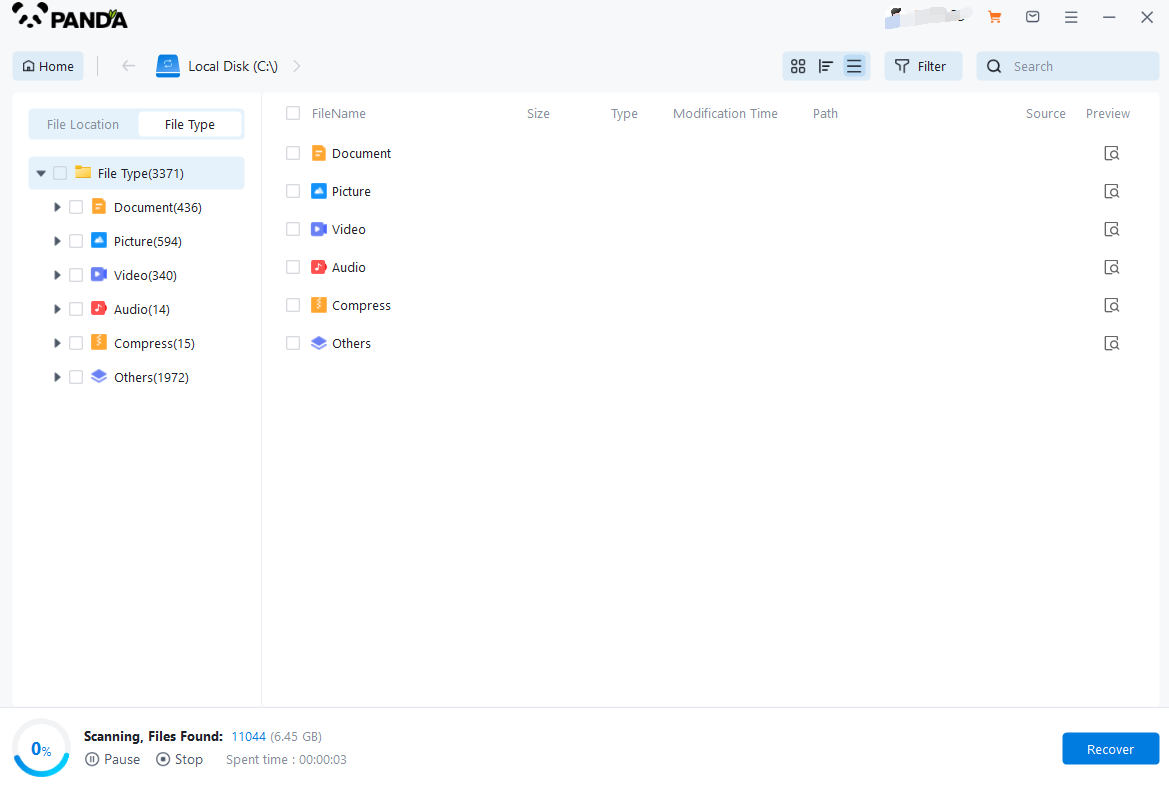 After clicking Start Scan, a pop-up window will pop up, let's select the file system before partition formatting, what do you think about the former file system?
After clicking Start Scan, a pop-up window will pop up, let's select the file system before partition formatting, what do you think about the former file system?
Right-click the properties → disk to view them. If it is a USB flash drive, then you can see the attributes of the USB flash drive by right-clicking.
Step 4: Format the scan
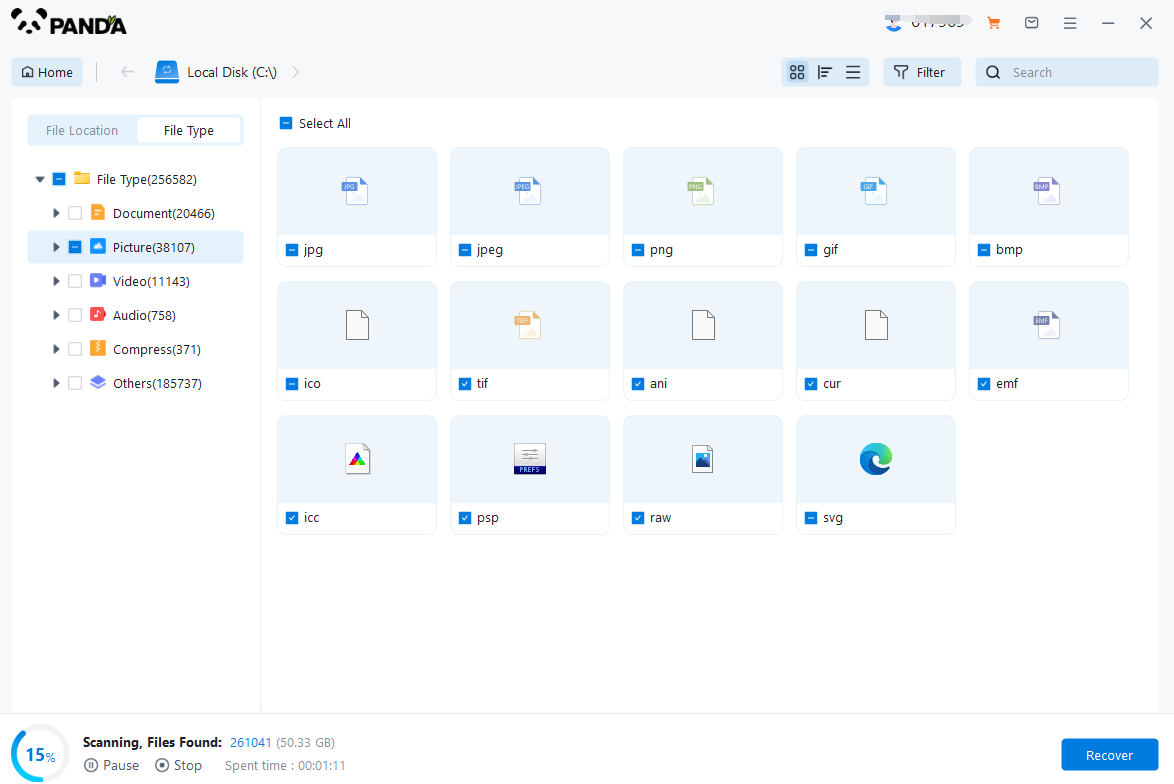
The scanning phase takes a little time, and you need to be patient for a while, if you click to stop scanning halfway, it may cause the file to be scanned incompletely, and some files will be missed.
Step 5: Find the file
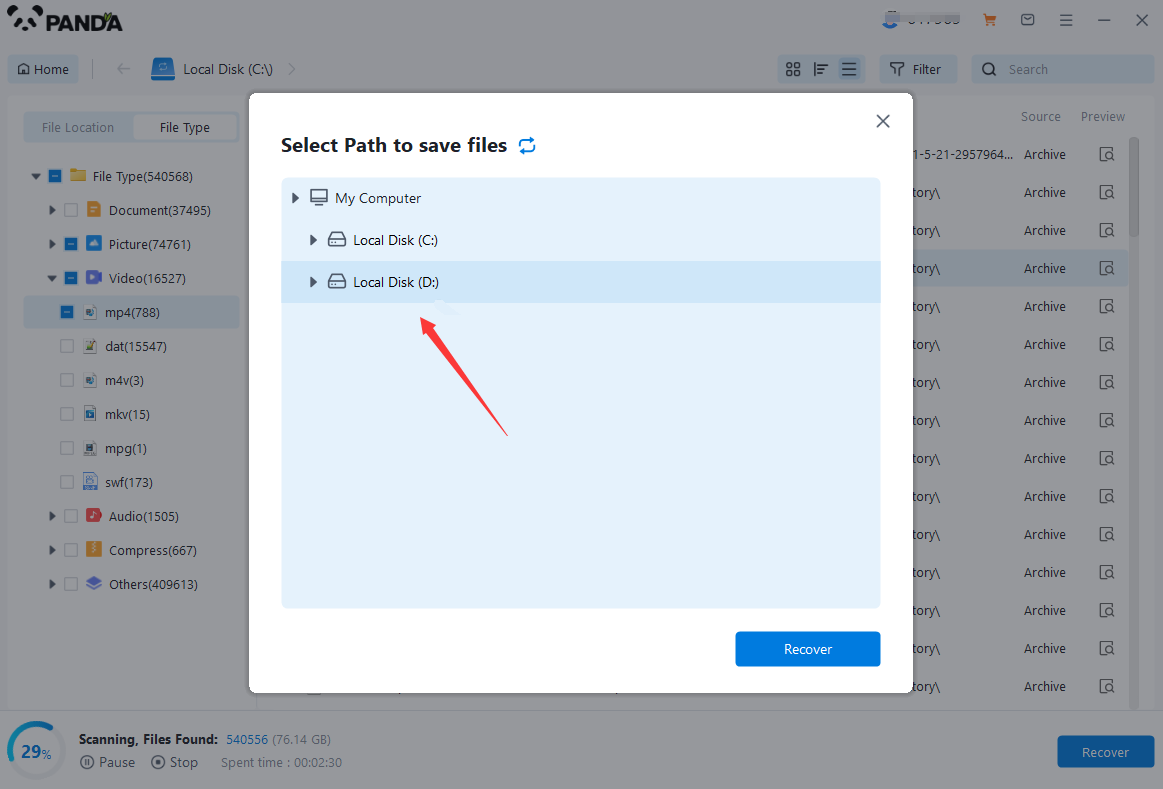
You can filter by file type, you can search for files or folders, you can also click on filter, there is a status option, click on it.
You can choose between lost files and normal files, isn't it very useful!
Step 6: Preview the file
After finding the file, we can double-click the file to preview the situation, if the file can be previewed normally, then it can be recovered, if the preview fails, then there are two possibilities, one file has been damaged, and the other file does not support preview.
Step 7: Recover files
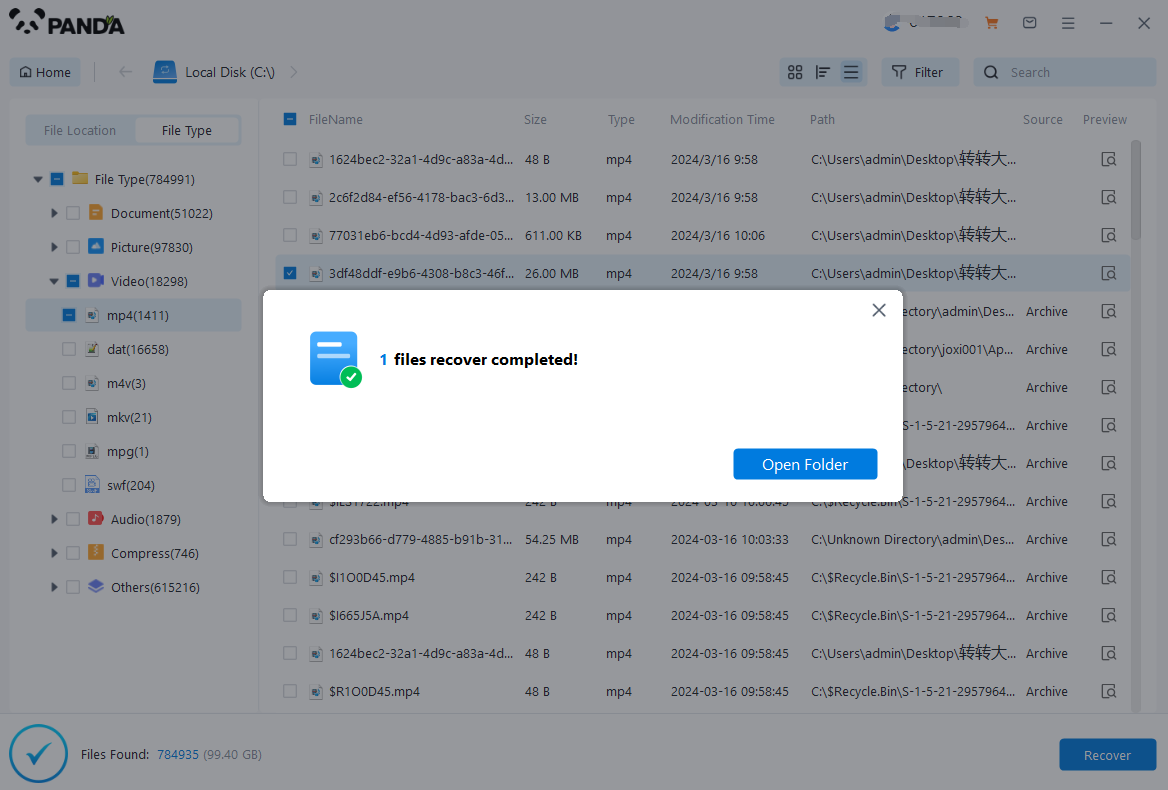
After the preview is successful, how to recover it? That's too simple, check the file and click Recover, set the export path, it should be noted that do not restore the data to the partition where it is, so as not to overwrite other data.
2. Restore from a Backup
If you have a backup of your hard drive data, you can simply restore the lost files from the backup. Here's how:
- Identify the backup source, whether it's an external hard drive, a cloud storage service, or a backup software.
- Connect the backup source to your computer (if it's an external device) or log in to your backup account (if it's a cloud service).
- Find the backup file that contains the data you want to restore. This may require navigating through folders or using search functions.
- Copy the desired files from the backup and paste them into their original locations on your hard drive.
3. Use the Recycle Bin (Windows)
If you accidentally deleted files from your Windows computer, they may still be in the Recycle Bin. Here's how to restore them:
- Open the Recycle Bin by double-clicking its icon on the desktop or searching for it in the Start menu.
- Find the deleted files in the Recycle Bin and right-click on them.
- Select "Restore" to move the files back to their original locations on your hard drive.
4. Use Command Prompt (Advanced)
For advanced users, you can try using the Command Prompt (CMD) in Windows to recover deleted files. However, this method requires technical knowledge and should be used with caution. Here's a general overview:
- Open the Command Prompt by searching for "cmd" in the Start menu and selecting the appropriate result.
- Use command-line tools and file system utilities to navigate to the location of the deleted files.
- Execute specific commands to attempt to restore the deleted files. Be very careful with this method as incorrect commands can cause further data loss.
Additional Tips:
- Avoid using the erased hard drive before attempting to recover data to prevent overwriting of the deleted files.
- Consider using a data recovery software that offers a free trial or demo version. This will allow you to test the software and evaluate its effectiveness before purchasing.
- If you're unable to recover the deleted files using the above methods, consider seeking professional help from a data recovery service. They might have specialized tools and techniques to retrieve your lost data.
Remember, the chances of successfully recovering erased hard drive data depend on various factors, including the type of erasure (e.g., accidental deletion, formatting), the amount of data overwritten since the erasure, and the effectiveness of the recovery method you use. It's crucial to act quickly and choose a reliable method to maximize your chances of recovery.





